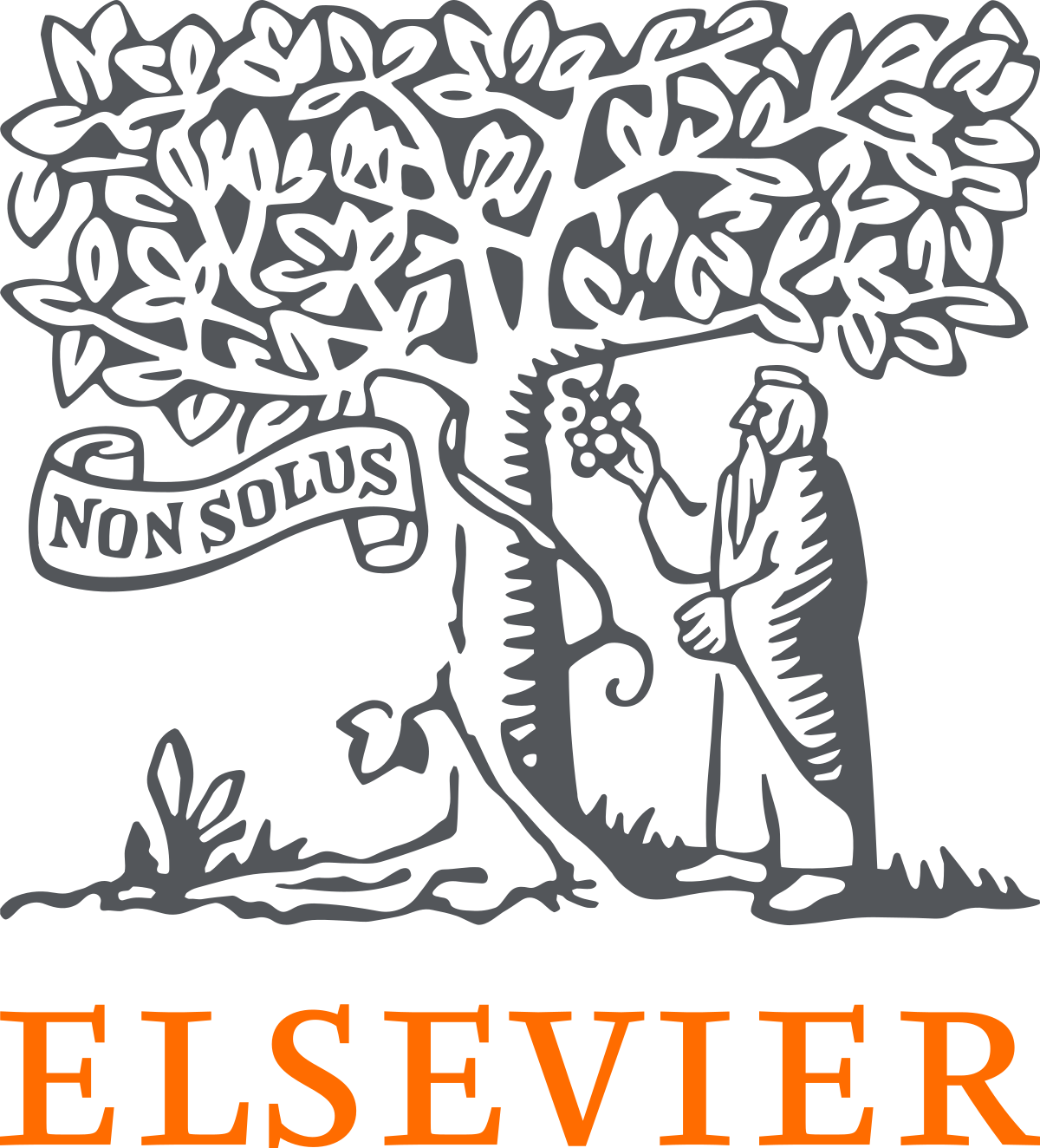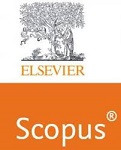Hybrid Reinforced Pelican Optimization Algorithm (HR-POA) for Energy-Efficient Cluster Head Selection in Heterogeneous Wireless Sensor Networks
Keywords:
Cluster Head Selection, Energy Efficiency, Particle Swarm Optimization, Pelican Optimization, Reinforcement Learning, Wireless Sensor Networks.Abstract
The importance of Wireless Sensor Networks (WSNs) spans multiple areas, notably environmental monitoring, healthcare services, and intelligent urban systems. These networks consist of dispersed sensor nodes that wirelessly exchange data while monitoring environmental or physical conditions. One of the key challenges in Wireless Sensor Networks (WSNs) is the efficient selection of Cluster Heads (CHs) to prolong network lifetime and ensure balanced energy consumption. This study introduces a novel Hybrid Reinforced Pelican Optimization Algorithm (HR-POA), which integrates the Enhanced Pelican Optimization Algorithm (EPOA) with Particle Swarm Optimization (PSO) and Reinforcement Learning (RL) to achieve efficient Cluster Head (CH) selection in heterogeneous wireless sensor networks (HWSNs). HR-POA is a promising solution for energy-efficient clustering since it considerably improves WSN performance by utilizing intelligent routing and a hybrid optimization approach. The proposed algorithm considers node energy, distance, and adaptive Q-learning-based routing to improve energy efficiency and network performance. The effectiveness of HR-POA in comparison to current CH selection algorithms has been assessed through extensive simulated studies. HR-POA demonstrates notable improvements in energy efficiency, network longevity, and packet delivery ratio compared to current CH selection methods, as evidenced by simulation results. By advancing energy-aware clustering approaches in WSNs, the suggested approach opens the door to more intelligent and sustainable wireless sensor networks.
Downloads
References
Oztoprak, A., Hassanpour, R., Ozkan, A., & Oztoprak, K. (2024). Security challenges, mitigation strategies, and future trends in wireless sensor networks: A review. ACM Computing Surveys, 57(4), 1-29.
Barat, A., Prabuchandran, K. J., & Bhatnagar, S. (2023). Energy management in a cooperative energy harvesting wireless sensor network. IEEE Communications Letters, 28(1), 243-247.
Das, I., & Das, S. (2021). Energy efficient cluster analysis for heterogeneous wireless sensor networks. Wireless Personal Communications, 121(1), 337-352.
Heinzelman, W. R., Chandrakasan, A., & Balakrishnan, H. (2000, January). Energy-efficient communication protocol for wireless microsensor networks. In Proceedings of the 33rd Annual Hawaii International Conference on System Sciences (pp. 10-pp). IEEE.
Lindsey, S., & Raghavendra, C. S. (2002, March). PEGASIS: Power-efficient gathering in sensor information systems. In Proceedings, IEEE aerospace conference (Vol. 3, pp. 3-3). IEEE.
Kennedy, J., & Eberhart, R. (1995, November). Particle swarm optimization. In Proceedings of ICNN'95-international conference on neural networks (Vol. 4, pp. 1942-1948). ieee.
Trojovský, P., & Dehghani, M. (2022). Pelican optimization algorithm: A novel nature-inspired algorithm for engineering applications. Sensors, 22(3), 855.
Watkins, C. J., & Dayan, P. (1992). Q-learning. Machine learning, 8, 279-292.
Wu, C. H., & Chung, Y. C. (2007). Heterogeneous wireless sensor network deployment and topology control based on irregular sensor model. In Advances in Grid and Pervasive Computing: Second International Conference, GPC 2007, Paris, France, May 2-4, 2007. Proceedings 2 (pp. 78-88). Springer Berlin Heidelberg.
Salam, T., & Hossen, M. S. (2021, July). Performance analysis on homogeneous and heterogeneous routing protocols in wireless sensor networks. In 2021 International Conference on Automation, Control and Mechatronics for Industry 4.0 (ACMI) (pp. 1-5). IEEE.
Han, B., Ran, F., Li, J., Yan, L., Shen, H., & Li, A. (2022). A novel adaptive cluster-based routing protocol for energy-harvesting wireless sensor networks. Sensors, 22(4), 1564.
Aroba, O. J., Naicker, N., & Adeliyi, T. T. (2023). Node localization in wireless sensor networks using a hyper-heuristic DEEC-Gaussian gradient distance algorithm. Scientific African, 19, e01560.
Naeem, A., Javed, A. R., Rizwan, M., Abbas, S., Lin, J. C. W., & Gadekallu, T. R. (2021). DARE-SEP: A hybrid approach of distance-aware residual energy-efficient SEP for WSN. IEEE transactions on green communications and networking, 5(2), 611-621.
Nurlan, Z., Zhukabayeva, T., & Othman, M. (2021). EZ-SEP: Extended Z-SEP routing protocol with hierarchical clustering approach for wireless heterogeneous sensor network. Sensors, 21(4), 1021.
Muosa, A. H. (2022). An improved routing algorithm based on leach protocol. Int. J. Tech. Phys. Probl. Eng.(IJTPE), 14(3), 66-72.
Singh, J. (2022). Energy efficient data aggregation and density-based spatial clustering of applications with noise for activity monitoring in wireless sensor networks. Engineered Science, 19(7), 144-153.
Singh, S., Nandan, A. S., Malik, A., Kumar, R., Awasthi, L. K., & Kumar, N. (2021). A GA-based sustainable and secure green data communication method using IoT-enabled WSN in healthcare. IEEE Internet of Things Journal, 9(10), 7481-7490.
Moussa, N., Nurellari, E., & El Belrhiti El Alaoui, A. (2023). A novel energy-efficient and reliable ACO-based routing protocol for WSN-enabled forest fires detection. Journal of Ambient Intelligence and Humanized Computing, 14(9), 11639-11655.
Reddy, C. S., Chouhan, D., Udayaprasad, P. K., Srinidhi, N. N., & Dilipkumar, S. M. (2022). Geographic routing scheme for resource and communication efficiency in the IoT ecosystem using swarm-intelligence-based BFO algorithm. Journal of Information Technology Management, 14(1), 41-64.
Keerthika, A., & Berlin Hency, V. (2022). Reinforcement-Learning-based energy efficient optimized routing protocol for WSN. Peer-to-Peer Networking and Applications, 15(3), 1685-1704.
Rahman, S., Akter, S., & Yoon, S. (2024). A Deep Q-Learning Based UAV Detouring Algorithm in a Constrained Wireless Sensor Network Environment. Electronics, 14(1), 1.
Gebremariam, G. G., Panda, J., & Indu, S. (2023). Blockchain‐Based Secure Localization against Malicious Nodes in IoT‐Based Wireless Sensor Networks Using Federated Learning. Wireless communications and mobile computing, 2023(1), 8068038.
Boudhiafi, W., & Ezzedine, T. (2021). Optimization of multi-level HEED protocol in wireless sensor networks. In Applied Informatics: Fourth International Conference, ICAI 2021, Buenos Aires, Argentina, October 28–30, 2021, Proceedings 4 (pp. 407-418). Springer International Publishing.
Wang, Z., Duan, J., Xu, H., Song, X., & Yang, Y. (2023). Enhanced pelican optimization algorithm for cluster head selection in heterogeneous wireless sensor networks. Sensors, 23(18), 7711.
Downloads
Published
How to Cite
Issue
Section
License

This work is licensed under a Creative Commons Attribution-ShareAlike 4.0 International License.
All papers should be submitted electronically. All submitted manuscripts must be original work that is not under submission at another journal or under consideration for publication in another form, such as a monograph or chapter of a book. Authors of submitted papers are obligated not to submit their paper for publication elsewhere until an editorial decision is rendered on their submission. Further, authors of accepted papers are prohibited from publishing the results in other publications that appear before the paper is published in the Journal unless they receive approval for doing so from the Editor-In-Chief.
IJISAE open access articles are licensed under a Creative Commons Attribution-ShareAlike 4.0 International License. This license lets the audience to give appropriate credit, provide a link to the license, and indicate if changes were made and if they remix, transform, or build upon the material, they must distribute contributions under the same license as the original.





